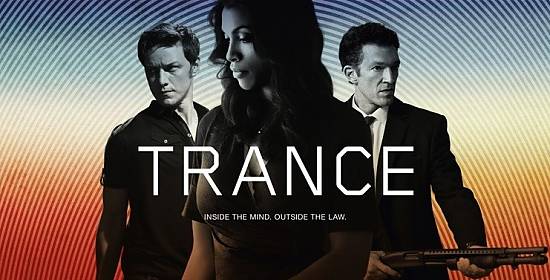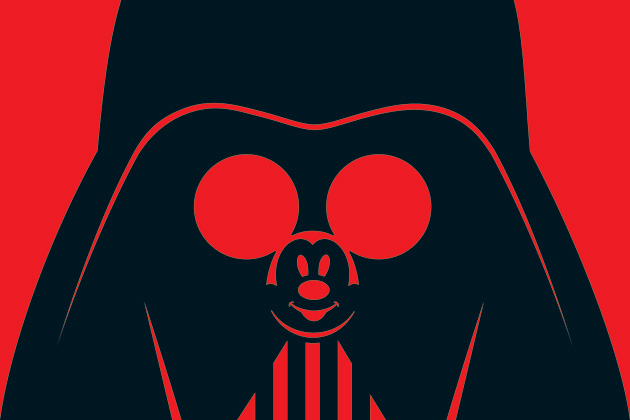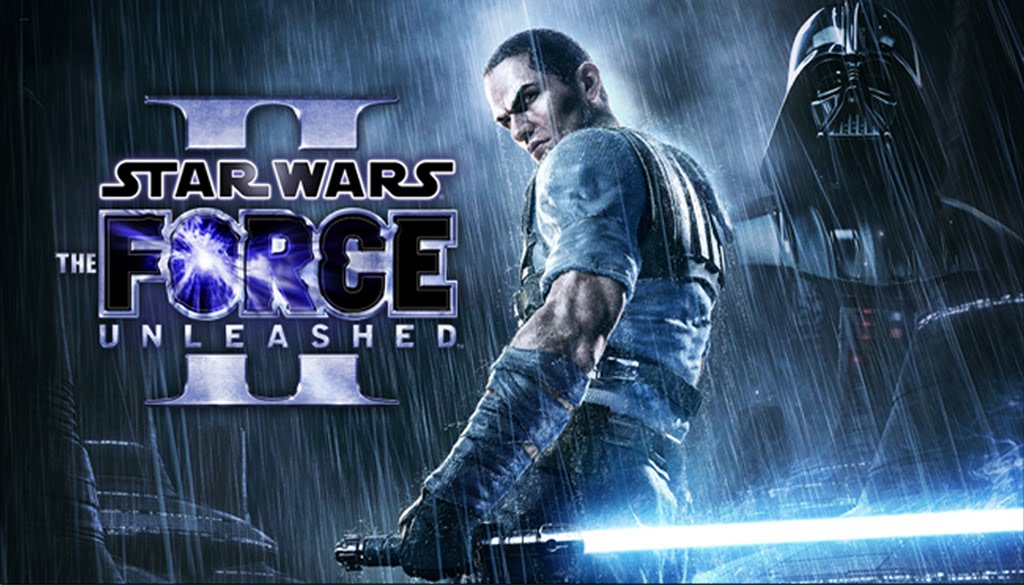Well, well, well. Look who came back from the dead with a vengeance! James Bond, a franchise that lasted years in the world of cinema, seen highs, seen very lows, proves once and for all that the world’s favourite spy is not about to keel over and retire like Bruce Willis in Red. No, there is no exit strategy, no pension plan and certainly no plans to escape in a remote beach and drink and fuck to oblivion. This Bond will always report for duty and, to the joy of every fan, Daniel Craig returns from the dead to do his job and do it well!
If you read my previous post, you know what my expectations were. I was waiting for violence, fast-paced action, genre focus and a villain you can shake in front of. I expected a remorseless Bond and an even more remorseless killer on his trail with the charisma to charm and terrify an audience at the same time. I expected realism in characters such as Q and humanity in characters such as M. Were my expectations met? You betcha they bloody were!
There is no doubt that this movie has been a completely different project from the start. After four years of budget issues, scripts and production failures, this Bond has become the most publicised chapter of the British Spy since Casino Royale. As I sat in the theatre and the adverts came on, I knew this was not a regular Bond film. Heineken, Nokia Lumia, perfume, cars, Sony Vio, Omega, all products you see in the movie, advertised non-stop for at least 15 minutes and at some point I was sinking in my seat in despair. What had this franchise become if it sold out so much to major companies? But then again, no franchise that has lasted 50 years can run on its own. It needs money and unfortunately had to swallow its legendary pride and try to support what would become its most celebrated chapter yet.
Sam Mendes took up the challenge of directing and pushed to make this Bond the most memorable one yet and it shows in his work. For a man who has American Beauty, Jarhead and Revolutionary Road in his curriculum, he made this film very much his own. One of my expectations, especially coming from Mendes, was the fact that such a talented director could turn this Bond into a film with heart. It is quite obvious that most Bond films have the action, have the girls, have the drinks but some have just lacked the key characteristics of most spy and film-noir movies. The use of shadows, music and camera focus, all these things have been lacking since Roger Moore, with a few exceptions in the early Brosnan era, so Mendes, a man who manages to play with genre in magnificent ways, brought back the shadows to suit the spy. His way of filming has never been seen in Bond before as he shot magnificent set pieces but never took his camera away from Bond. The place has to be owned by the man, not the other way around. His use of shadows and light is truly gripping, culminating in a final scene when a massive fire in the background seems to reflect the mood for every surrounding character, in one way or another. The sets are sublime either way and one of them, the surprise of the film, is just breathtaking and bigger than life. However, as big as it is, Bond still owns the ground he walks on, only by sheer force of presence and Mendes makes damn sure of that. The director has said in interviews that he put all his efforts into this film and because of that, he does not want to do another. I say that he has done his job in a fantastic way and that he left the director’s chair with enough material to make more Bond films for the next 10 years at least. For that, well done Mr. Mendes.
Now, without too many spoilers, I would like to get into the content of Skyfall. I had many questions as I walked into the cinema. The eternal ‘what’s Skyfall?’ question, followed by the intrigue surrounding Javier Bardem’s villain and the ever rising question of M’s past in MI6. Well, needless to say, all questions were answered and no further questions were raised. The entire movie is completely separate to the previous two, kickstarting the franchise in the most nostalgic way possible. In this film, if you are like me, a huge fan of 007, you will laugh and you will not believe your eyes. Old friends are back, friends thought dead since the 90s, new friends arrive and look ready to follow Craig to the next adventure and Bond looks like his old self again. As a friend said, ‘This film was written by the ultimate fan-boy’ and even though I hate to agree, he has a point. This is an hommage to Ian Flemming’s work and goddamnit, its just beautiful to see.
Craig and Dame Judy Dench hold the reins of this movie more than any other character and it’s about time M got a voice and a gun to shout and shoot her opinions away. Dench, playing M since Goldeneye, did not just play a sour, old woman that hates men. She portrays M as strong because she battles against invisible demons everyday and Bond seems to be the only one by her side who sees them and fights with her. In Skyfall, M’s demons are no longer invisible and they are the most terrifying yet. We finally see M crumbling under her past and struggling to keep a hold of her work before it is take away from her. Dench and Craig have shared incredible chemistry onscreen ever since he got the role and they seem to maintain a mother-son relationship in this chapter that becomes the heart of this film. Dench’s M will remain one of the most memorable characters that grew in darkness, awakened by the ballsiest woman ever to grace the screen within this boy’s world. There ain’t nothin’ like that Dame!
Since Alec Trevelyan in Goldeneye, MI6 has not experienced evil from the inside but this time evil has come seeking revenge, in the form of Silva, a ghost, like Bond, who wants to materialise again to kill the person who made him the monster he is now. Javier Bardem is no stranger to villain roles, one of them got him an Oscar! With the most appalling haircut in the history of cinema, he scared entire audiences with his role as Anton Chigurh and now he is back to make us shake in our boots. His performance fully lived up to my expectations! The poise, the charisma, the traumatic background story, the mannerisms and that smile, on the corner of his mouth, just made him hands down one of my favorite Bond villains. There is one scene in this film, approximately in the end, where Silva walks forward, a trail of utter destruction left behind him, yet he just does not notice it like we do. To him, this is not destruction but only a means to an end and his end-goal is much more important to him than Bond, MI6 or even his own life. This purpose is made grand and even justifiable at times, as Bardem gives logic and sense to this demented man. He makes him sound and look like a martyr and till the end, that’s what audiences will see him as. A martyr and a victim, tormented by the people he most loved.
As mentioned in my previous post, the Bond girls in this movie are not vital in any way. Naomi Harris’ Eve does not start the plot by shooting Bond, it was M who gave the order. The same goes for Berenice Marlohe’s Severine so it is quite obvious that the only Bond girl in this film is M herself. With the most screen time and the call to action, M is the one woman who can team up with Bond and stand up to him like a man. Truly a wonderful turn to the role of M and a duet that does not cease to amaze. Ben Wishaw, the man that has been in the shadows of cinema, waiting, participating in mostly independent films like Perfume: The Story of a Murderer, I’m Not There and Bright Star, took Q and made him cool again. Since the late Desmond Llewelyn, there has not been a Q (let’s all collectively forget John Cleese and his buffoonish portrayal) since Die Another Day. Now, then new, young and kinda cocky Q is about to get seriously techy with 007. Since the Quartermaster needs to keep up with the latest gadgets to give to agents (return the equipment in one piece, my ass!), it is only natural that this generation’s Q looks and sounds like a nerd. Ben Wishaw made that nerd the most interesting new character in the movie, along with Ralph Fiennes, who seems to look angrier and angrier as he gets old. His role is minimal but vital and he provides intrigue within MI6 and the lasting question of whether he can be trusted or not. But then again, the spy genre wouldn’t be very good if questions didn’t arise every couple of minutes to keep audiences on their toes.
Finally let’s talk Craig. The man who returns from the dead and looks like absolute shit. Well, we get to see a lot more of our legendary spy and just like I expected, he is broken down and made to look closer at his friends and his superiors. Draped with lies and deceit, his life is still a mystery to the audience and M might just have something to do with it. Craig lets the audience in on secrets that even Flemming might not have thought of, and that is to the credit of the scriptwriters and Craig himself, who goes much further into his character than his predecessors. He gives a stellar performance, even though his lines seem to be way too cheesy at times, thus ruining the mood in certain scenes. In a way, he tries to emulate other Bonds again, something he rightly chose not to do, so hopefully this is not going to become a habit. This movie has cemented him as one of the best Bonds in the movies and hopefully the next outing will not take four years! We fans do not want to wait that long after such an ending!
Has this film exceeded my expectations? Nope, it answered them and that is rare in a film nowadays. Everything I could hope for was there, amazed me and now I cannot wait for this franchise to continue. Even if Craig decides to leave Bond, he will always be remembered as the man who gave it new life and a new image that fits our generation and for that we all have to, at least, show him gratitude. As my last comment, I would like to leave you with this clue (SPOILER ALERT): The credits and the song? Linked to the film in a major way!! Enjoy the show!









